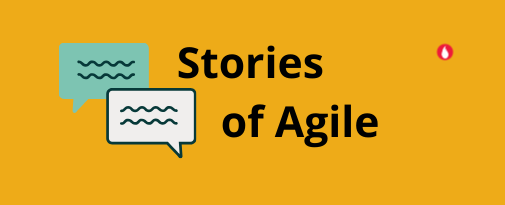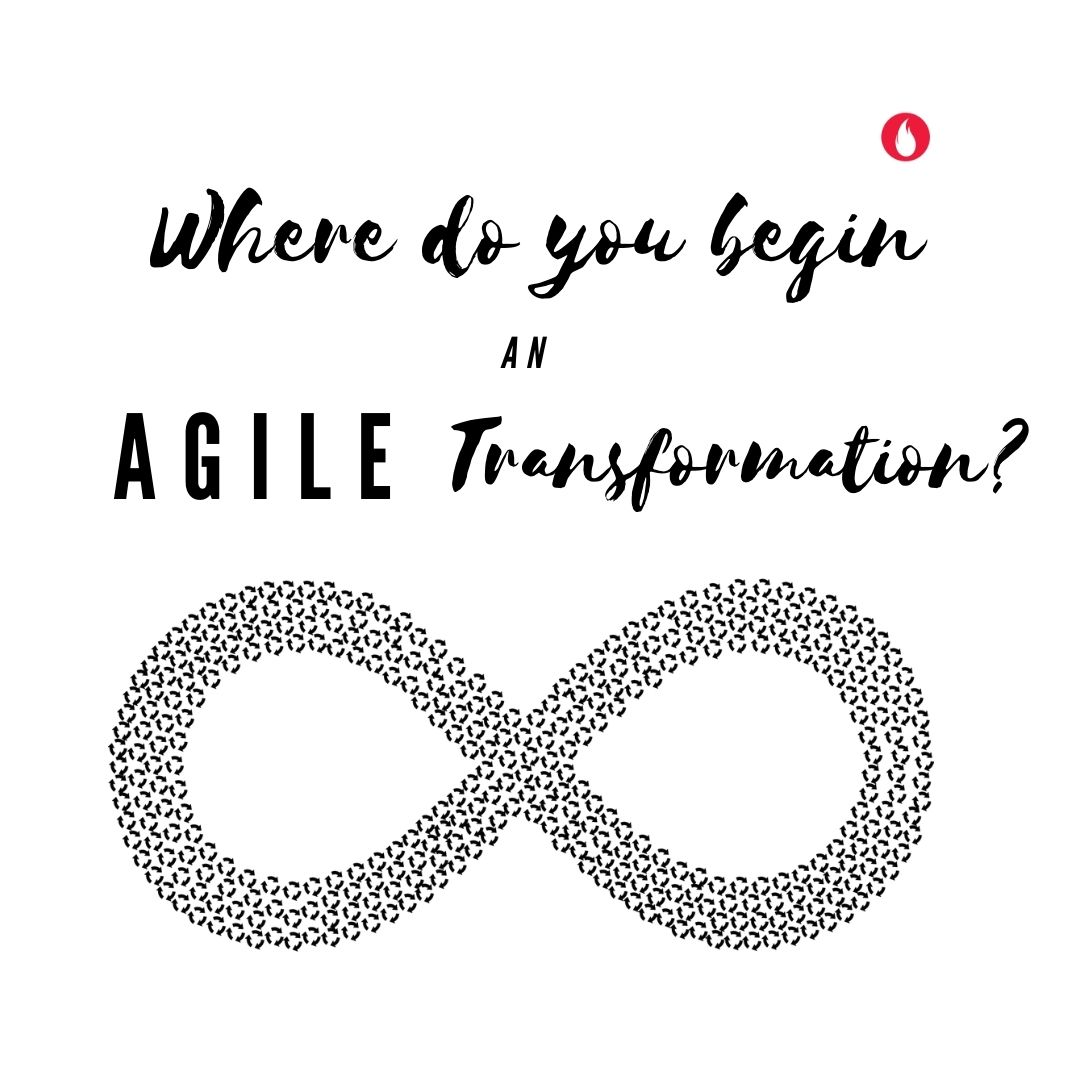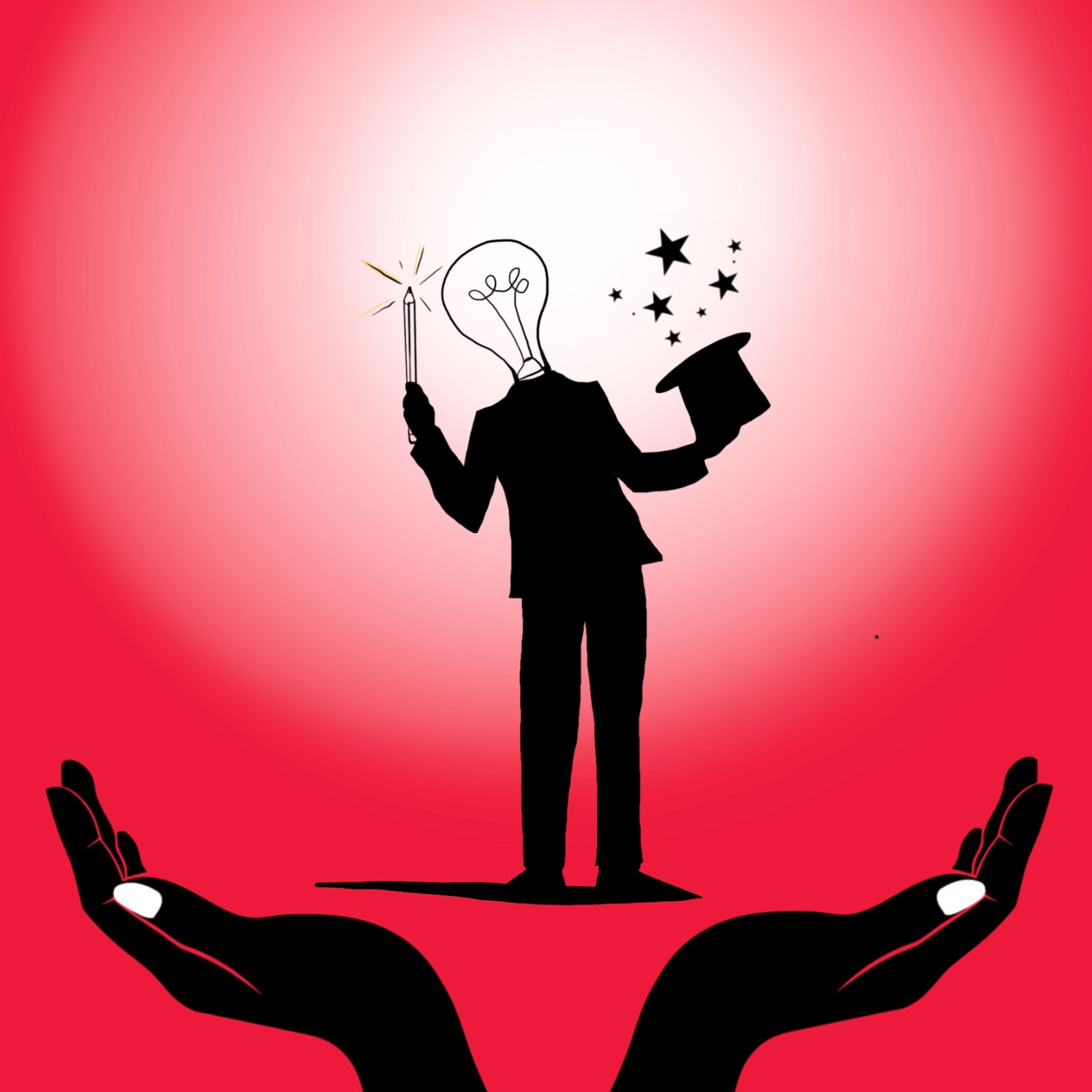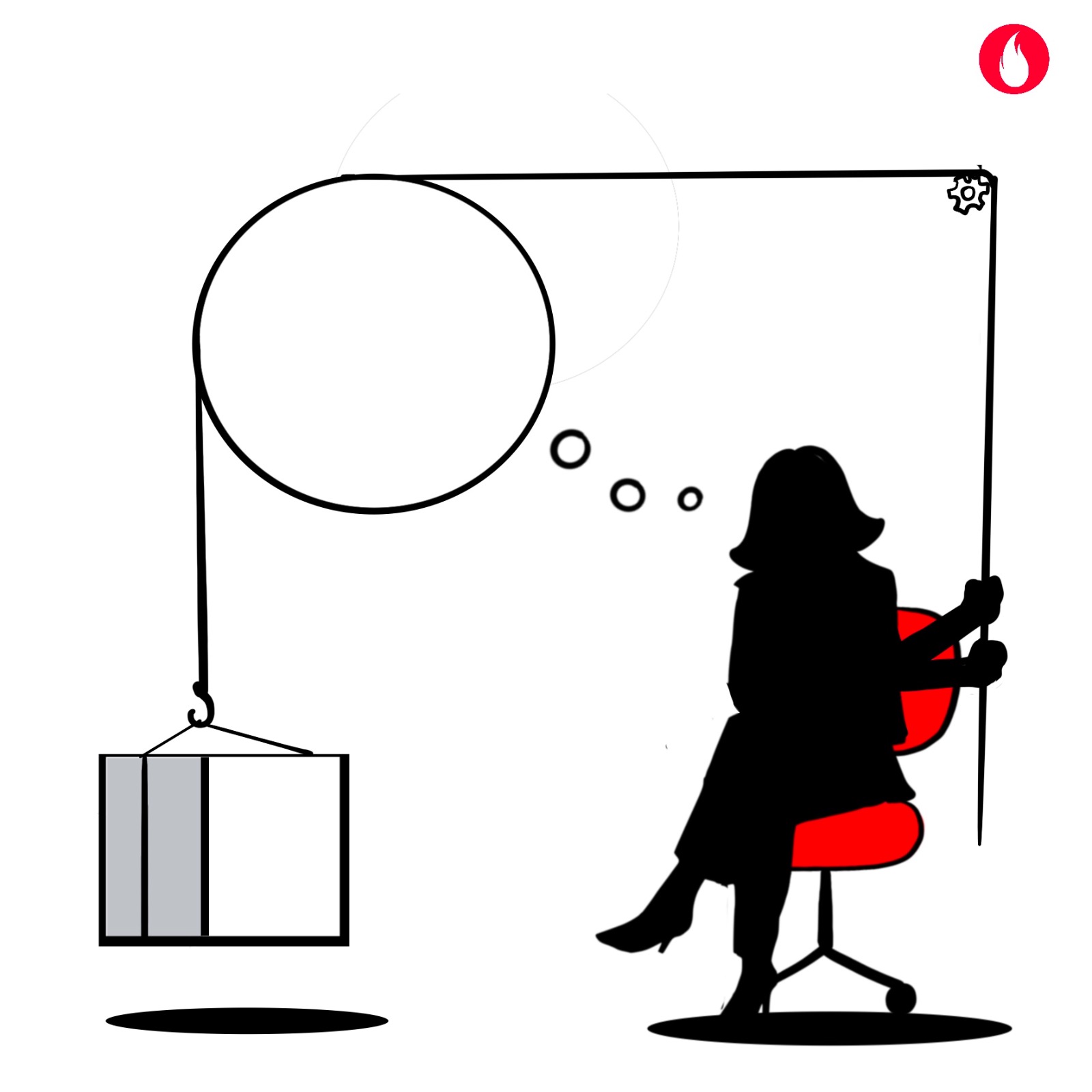Where do you begin a transformation journey? The options that face people is to start where they are, at their team or functional level. This is easy as they have control over the resources and goals. The other option is to align the transformation to the customer’s experience or core business need. Here is an example of an organisation that chose the functional route and it did not go well. ING a Dutch multinational banking corporation, had to align their transformation to a systemic approach instead of a function, before they saw business impact from Agile. Here is their story of Agile, from department to customer journey.

ING initiates Agile in a department
It was early 2010 when ING introduced an Agile way of working in their IT development teams. The IT development team inspired by Google, Amazon and other IT giants wanted a slice of the magic. They began with SCRUM method and got their ceremonies and practices just right. Daily stand up, Sprint planning, Sprint Reviews, Retrospectives and all else. In spite of getting the method right there was limited business impact. They wondered why?
DevOps
They looked for an answer and found that just the IT team being Agile meant little! The IT team worked on the code with speed. The operations team which deployed the code and fixed bugs in software was not yet on the Agile bandwagon. When they put the customer at the centre of the challenge and everyone aligned themselves around the customer’s journey, it was easy to let go of functional priorities. The organisation enabled the Operations team into an Agile way of working as well, the dashboards got a green hue!
When they put the customer at the centre of it all, they realised that they had left the business teams out of loop. Here is an instance that convinced them. The IT team got feedback that the loan processing takes too long and was cumbersome. They worked on this feedback and found they could reduce the processing time from 2 weeks to 2 hours. Their customer database had all the details needed to process the loan application. The customer did not need to submit payslip, address proof etc again! Yet the customer never benefitted, because the business teams still followed the old process. Change thus is just not a matter of technology or a skill! It operates at a mindset level as well!
Agile transformation continues
ING would be the first to admit that they are still evolving in their transformation journey. ING is creating foundational culture elements such as transparency, autonomy, and collaboration. Building these into the everyday vagaries of work is not an easy task and they worry that they may be settling for incremental improvements because they are pulled in different directions. That brings to fore the need to think systemically after keeping the customer journey at the centre of it all. This also means revisiting internal organisational structures and processes, even performance management!
Layers to Agile Transformation
Approaching the world of Agile transformation in a systemic way makes us consider these layers
1. The most visible and easier to achieve is the physical layer. ING redesigned its offices and tore down walls to create open spaces for working. It took ING 5 more years to redesign its processes and structures.
2. The second layer of transformation is when the processes are reimagined and re-created. In ING’s case, for instance, the loan process redesign is a good example.
3. The third layer is organisational structure. ING revisited this and adopted the Spotify model in 2015-16.
4. The fourth layer is cultural. This is a journey and leaders must make conscious choices of what they are willing to give up and keep in their culture.
5. The Fifth layer is one of mindset. This involves helping the organisation adopt a mindset of growth and learning.
Each of these layers contribute to a systemic view of the change and reinforce each other. Settling at any ‘one’ layer, limits the chances of achieving true impact of Agile Transformations.

Here is the round up from across the world of Agile for the fourteenth edition of Agile OWL
From social media:
1. Toyota and Lean methodology are the stuff legends are made of. It was intriguing to find that not every intervention in their journey bore fruit. Here are 10 challenges that Toyota had while working through the Lean process.
2. This Annual survey on Agile practices by KPMG, bring up organisational factors for consideration. For instance this report shows that only 17% companies who have adopted Agile have changed their performance management and remuneration practices, Read more here.
3. This post explores how having to make too many decisions can create fatigue in your Agile teams and what to do about it.
From the bookshelf:
Improv is a well-known theatre and comedy technique. Improv has been adopted for facilitating clarity and cohesion in teams. This book ‘Improv-ing Agile Teams’ explores how the principles of Improv can help build collaboration within Agile teams. Improv can be fun and liberating, I can tell you from experience. This book is worth checking.
From the tool box:
If the above book piqued your interest, here are a collection of activities from the Improv methodology you can leverage in your next team meeting.
From the trivia & fact box:
BizDevOps is the model being followed in ING, where they have integrated Business and IT teams across the organisation. This is an evolution over the earlier DevOps model. This video has more details.
#AgileQuotes to sign off..

Note : This post is Edition 14 of the Agile OWL from the OWL umbrella. The Agile OWL is a newsletter focused on the human experiences and stories within agile transformations. Sign up to receive the newsletter here



